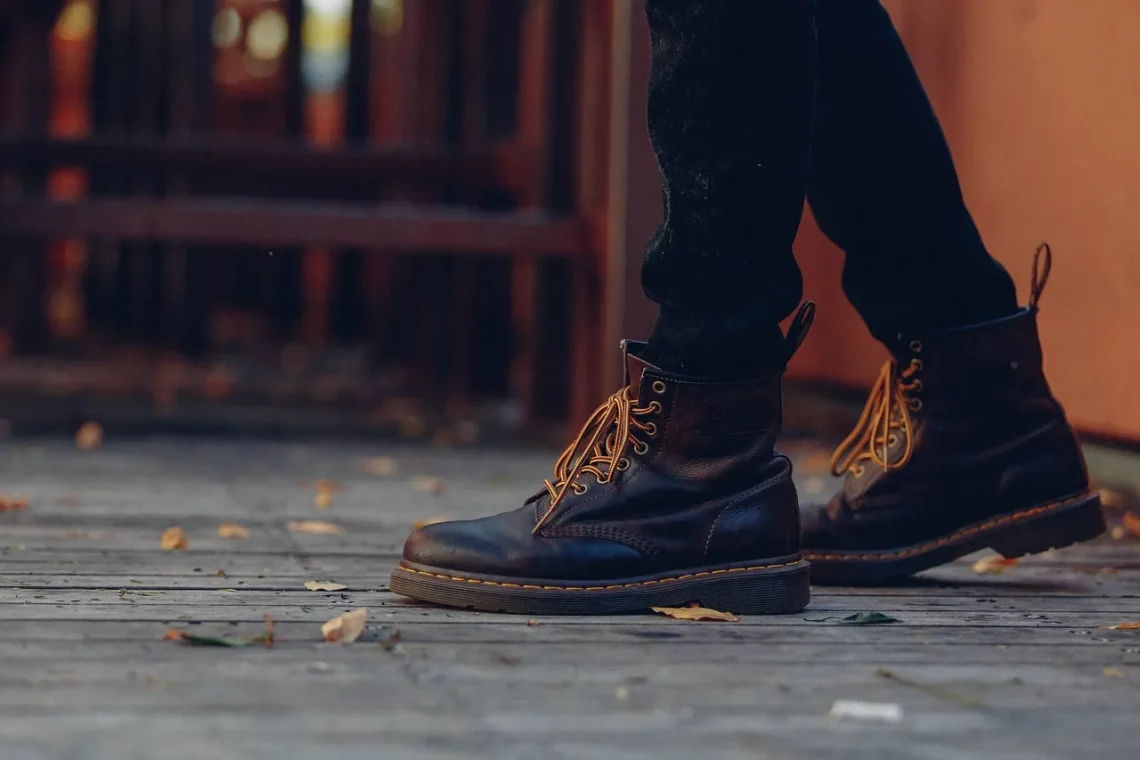
Best Footwear Options to Relieve Pain from Heel Spurs
Heel spurs can be an agonizing condition that affects many individuals, often leading to discomfort with every step. These bony protrusions on the heel bone can cause inflammation and pain, primarily when standing or walking for extended periods. The source of heel spur pain can vary, but it typically stems from repetitive stress or strain on the foot, leading to inflammation of the surrounding tissues. This condition can significantly impact daily activities, making it essential to find effective ways to alleviate discomfort.
One of the most effective strategies for managing heel spur pain is selecting the right footwear. Shoes that provide adequate support, cushioning, and stability can make a world of difference. The right pair can help absorb shock, reduce pressure on the heels, and promote proper foot alignment. This article will explore various footwear options that cater to those suffering from heel spurs, highlighting features that can help relieve pain and improve overall foot health.
Importance of Arch Support
When it comes to choosing footwear for heel spur relief, one of the most critical features to consider is arch support. The arch of the foot plays a significant role in weight distribution and shock absorption. Proper arch support can help align the foot and reduce stress on the heels, thereby alleviating pain associated with heel spurs.
Shoes that offer built-in arch support can help maintain the natural curve of the foot, which is essential for proper biomechanics. This support can come in various forms, including contoured insoles, molded footbeds, or removable inserts that can be customized to suit individual foot shapes. It’s essential to look for shoes that provide a snug fit around the arch area without being overly tight, as this can lead to additional discomfort.
For individuals with flat feet or high arches, specialized footwear can be particularly beneficial. Shoes designed specifically for these foot types often feature enhanced arch support and cushioning that cater to the unique needs of the wearer. Additionally, orthotic insoles can be added to regular shoes for extra support, helping to mitigate the impact of heel spurs.
Moreover, understanding your foot type is crucial in selecting the right footwear. If you have a high arch, look for shoes with more cushioning to absorb impact. Conversely, if you have flat feet, opt for shoes that offer firmer support to help maintain proper alignment. Consulting with a podiatrist can also provide insights into the best footwear options for your specific foot structure and condition.
Cushioning and Shock Absorption Features
Another essential aspect of footwear for heel spur relief is adequate cushioning and shock absorption. The shoes you choose should effectively absorb impact, especially during high-impact activities like walking or running. This can significantly reduce the strain placed on the heel and minimize pain.
Many brands now offer advanced cushioning technologies that provide superior shock absorption. For instance, materials like EVA (ethylene vinyl acetate) and gel inserts are commonly used in athletic and casual footwear to enhance cushioning. Shoes with these features can help disperse pressure across the foot, reducing the likelihood of heel pain.
In addition to cushioning technology, the shoe’s sole plays a vital role in shock absorption. A thicker, softer sole can often provide better impact resistance than a rigid or thin sole. Look for shoes with a well-padded midsole that can absorb shock during movement. A flexible outsole can also contribute to overall comfort by allowing for a more natural foot motion.
Furthermore, consider the weight of the shoes. Lighter shoes can reduce fatigue and strain on your feet, particularly if you spend long hours on your feet. However, ensure that lightweight options still provide the necessary support and cushioning. A good balance between weight and comfort is crucial for managing heel spur pain effectively.
Lastly, it’s essential to pay attention to the heel height of your footwear. Shoes with a lower heel can help reduce stress on the heel and arch, which can be beneficial for those suffering from heel spurs. A slight heel lift can also ease the tension in the plantar fascia, the ligament that connects the heel to the toes and is often involved in heel spur pain.
Footwear Styles to Consider
When searching for footwear to alleviate heel spur pain, it’s important to consider various styles that cater to different needs and preferences. There are numerous options available, from athletic shoes to casual and formal footwear, each offering unique benefits.
Athletic shoes are often the most recommended for individuals with heel spurs due to their supportive features. Look for running or walking shoes that provide ample cushioning, arch support, and a spacious toe box. Many athletic brands also offer models specifically designed for those with foot pain, ensuring a comfortable fit.
For those who prefer a more casual look, supportive sandals or slip-on shoes can be excellent alternatives. Many brands now offer sandals with contoured footbeds and arch support, making them a stylish yet functional choice for warm weather. Additionally, there are orthopedic sandals that prioritize comfort without sacrificing aesthetics.
In the realm of formal footwear, it can be more challenging to find options that provide adequate support and cushioning. However, some brands specialize in creating dress shoes designed for comfort. Look for options with padded insoles, a wider toe box, and a lower heel. These features can help maintain foot health while still allowing you to look polished for professional or formal occasions.
Boots can also be a viable option for individuals dealing with heel spurs. Choose styles with cushioned insoles and good arch support, and consider those with a slight heel lift to relieve pressure on the heel. Ensure the boots fit well and allow for some flexibility in the toe area to prevent discomfort.
Ultimately, the best footwear for heel spur relief will depend on individual preferences and specific foot needs. It’s essential to try on various styles and consult with professionals if needed to find the perfect fit that alleviates pain and supports overall foot health.
Tips for Selecting the Right Footwear
Choosing the right footwear for heel spur relief goes beyond just selecting a style. Here are some practical tips to consider when shopping for shoes that can help alleviate pain associated with heel spurs.
First and foremost, always prioritize fit. Shoes that are too tight or too loose can exacerbate heel pain, so it’s essential to find a pair that fits snugly without being constricting. When trying on shoes, ensure you have enough room in the toe box to wiggle your toes, as this can prevent discomfort.
Consider shopping for shoes later in the day when your feet are slightly swollen. This can help ensure a better fit, as your feet may expand throughout the day. Additionally, always try on both shoes, as one foot may be larger than the other. Walking around the store to assess comfort and support is crucial before making a purchase.
Don’t hesitate to invest in high-quality footwear. While it may be tempting to choose cheaper options, well-made shoes with proper support features can save you from ongoing pain and discomfort. Look for reputable brands known for their commitment to foot health and comfort.
It’s also beneficial to replace worn-out shoes regularly. Over time, the cushioning and support in shoes can diminish, leading to increased pain. As a general rule, consider replacing athletic shoes every 300 to 500 miles, depending on usage. For everyday wear, evaluate the condition of your shoes periodically and replace them when they no longer provide adequate support.
Lastly, consider consulting with a podiatrist or a foot health specialist for personalized recommendations. They can assess your specific condition and foot type, providing tailored advice on the best footwear options and potential orthotic solutions.
In conclusion, while heel spurs can be a painful and challenging condition, selecting the right footwear can significantly alleviate discomfort. Prioritizing features such as arch support, cushioning, and proper fit can help manage pain and improve overall foot health. Always remember that this article is not a substitute for professional medical advice. If you experience persistent foot pain, consult a healthcare professional for guidance and treatment options.




